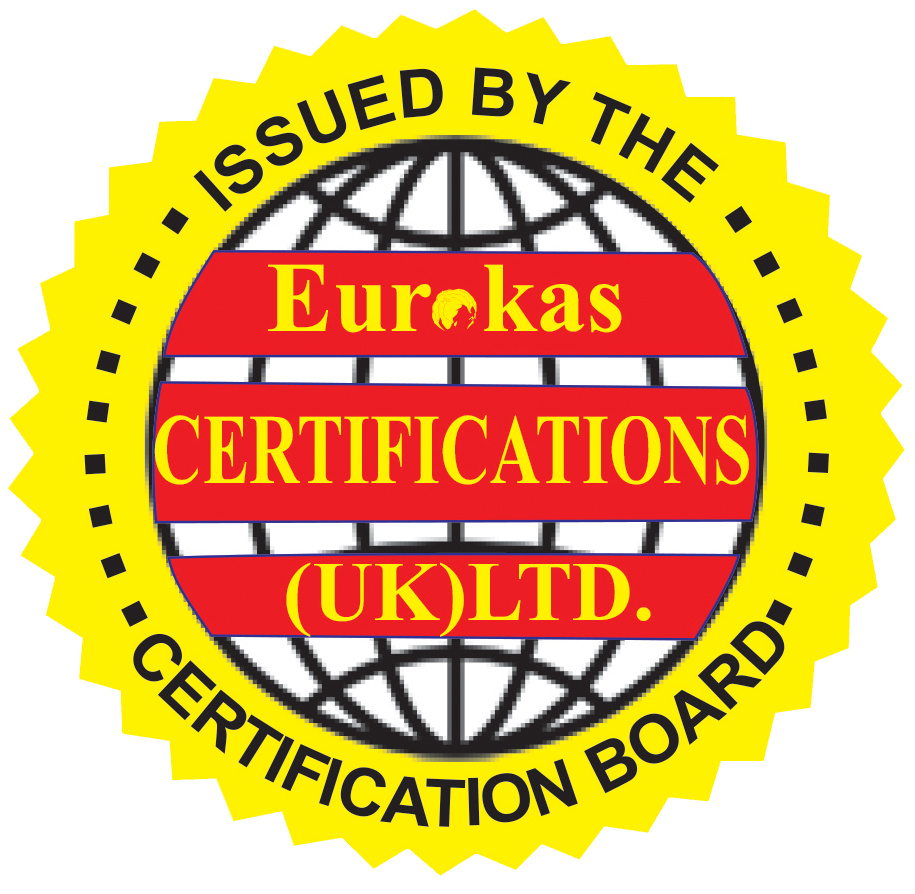ISO 13485 is an international standard that specifies the requirements for a quality management system (QMS) for organizations involved in the design, development, production, installation, and servicing of medical devices. The standard is specific to the medical device industry and is intended to ensure the quality, safety, and efficacy of medical devices.
ISO 13485 Overview:
ISO 13485:2016 is the latest version of the standard. It outlines the requirements for a comprehensive quality management system tailored to the medical device industry. The standard is based on the Plan-Do-Check-Act (PDCA) model.
Key Principles and Requirements:
- Quality Management System: Establishing and maintaining a quality management system that meets the requirements of ISO 13485.
- Management Responsibility: Top management’s commitment to the QMS, including establishing a quality policy and objectives.
- Resource Management: Providing the necessary resources, including personnel, infrastructure, and work environment.
- Product Realization: Planning and controlling the processes related to the design, development, production, installation, and servicing of medical devices.
- Measurement, Analysis, and Improvement: Monitoring and measuring processes, implementing corrective and preventive actions, and continually improving the QMS.
Certification Process:
The certification process for ISO 13485 involves several steps:
- Gap Analysis: Assess the current state of the organization’s processes against ISO 13485 requirements.
- Documentation: Develop and implement necessary documentation, including a quality manual, procedures, and records.
- Implementation: Implement the QMS and monitor its effectiveness.
- Internal Audit: Conduct internal audits to assess compliance and identify areas for improvement.
- Management Review: Top management reviews the QMS to ensure its continuing suitability, adequacy, and effectiveness.
- Certification Audit: An external certification body conducts an audit to determine if the organization meets ISO 13485 requirements.
- Certification Decision: The certification body issues ISO 13485 certification if the organization meets the standard’s criteria.
Benefits of ISO 13485 Certification:
- Compliance with Regulatory Requirements: ISO 13485 helps organizations comply with regulatory requirements for medical devices.
- Enhanced Product Quality: The standard contributes to the enhancement of product quality and safety.
- Market Access: ISO 13485 certification is often a requirement for entering certain markets.
- Customer Confidence: Certification demonstrates a commitment to quality and safety, building confidence among customers and stakeholders.
- Risk Management: The standard includes requirements for risk management in the development and production of medical devices.
Organizations in the medical device industry commonly pursue ISO 13485 certification to meet regulatory expectations, enhance product quality, and gain a competitive edge in the market. It is an essential standard for ensuring the safety and effectiveness of medical devices.
